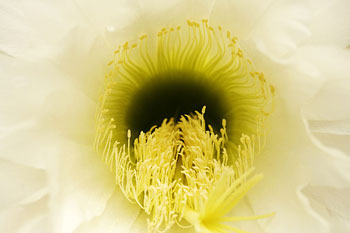I first learned about Stendhalism when I was in Florence many years ago – in case you’ve never come across the term, it’s a diagnosable psychological syndrome where people pass out, or faint, while experiencing an excess of awe in the face of beauty.

It was named for the French poet Stendhal because purportedly he was so dazed he could barely walk while admiring the beauty of Santa Croce (apparently he wrote eloquently on the subject in his book Naples and Florence: A Journey from Milan to Reggio).
Much of our language around beauty references this beguiling aspect of her nature… she’s ‘dazzling’, ‘stunning’; we’re ‘mesmerized’, ‘astounded’, ‘dazed’ and ‘amazed’ when we look into the open center of her mystery…
Sometimes I think this sense of awe, or internal ‘opening’ as I experience it, is close to the very essence of beauty, of what makes something beautiful. But what is it that triggers a blow-out of the senses and an inability to contain that much pleasure, that much beauty?
In a recent conversation I learned about a variation of Stendhalism in Jerusalem – appropriately called the Jerusalem syndrome – where the body’s ‘overwhelm’ response is in reaction to the sense of awe in the presence of spiritual or religious significance. Apparently the police are fully aware of the syndrome and know how to deal with the many cases a day they encounter from the thousands of Christian, Jewish and Muslim pilgrims who come to this destination, holy to all.
When Rob Brezsny, author of the fascinating Pronoia, reflects on Stendhalism he suggests "Proceed
cautiously as you expose yourself to the splendor that has been
invisible or unavailable to you all these years."
What do you think of all this? What if anything brings you to that place of almost unbearable awe? And how do you deal with it?


Welcome!